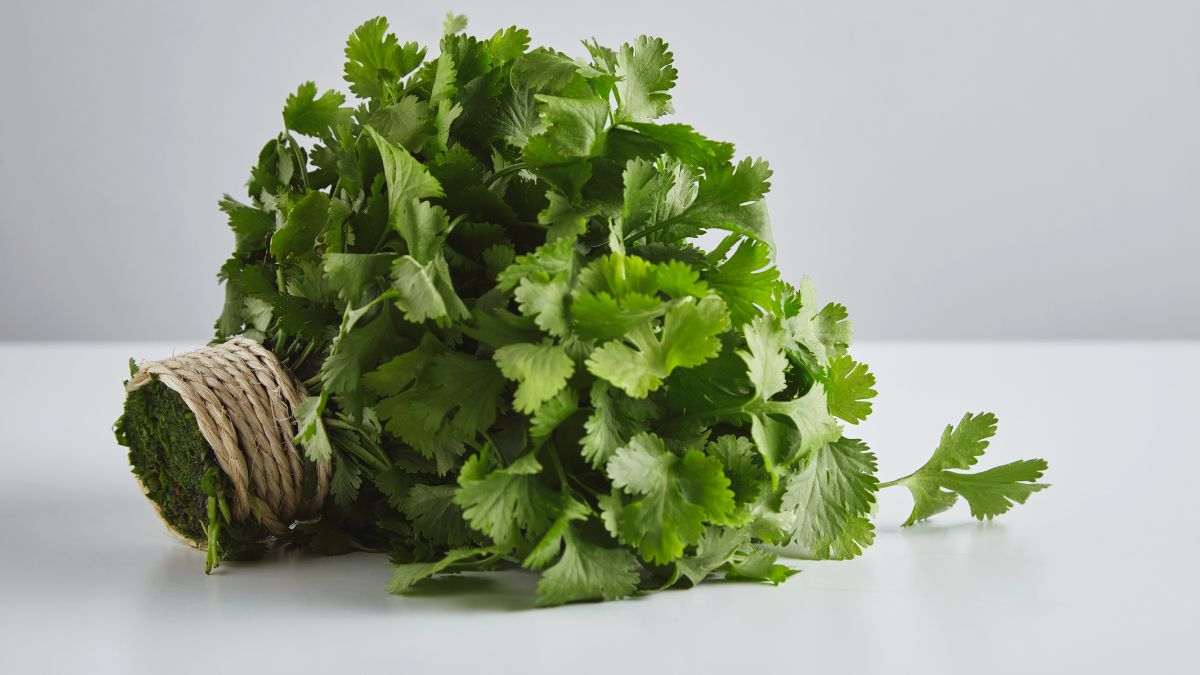Known across the globe by many names—coriander, cilantro, Chinese parsley—this versatile herb is a cornerstone of countless cuisines. In Finland, it is called koriandri, and its popularity has soared as the nation’s culinary landscape has become more international. But koriandri is more than just a trendy garnish; it is a plant with a fascinating duality, a rich history, and a complex flavour profile that can elevate a dish from simple to sublime.
What is Koriandri? Understanding the Plant
Koriandrum sativum is the botanical name for the plant we know as koriandri. It is an annual herb in the Apiaceae family, related to carrots, parsley, and celery. The unique aspect of koriandri is that nearly every part of the plant is used in cooking, but they offer distinctly different experiences:
- The Leaves (Cilantro): In English, the fresh leaves and stems are most commonly called cilantro (particularly in North America) or fresh coriander. In Finnish, these are simply tuore koriandri (fresh coriander) or koriandrin lehdet. This is the most divisive part of the plant. For many, it has a bright, citrusy, and refreshing flavour. For a genetic minority, however, it tastes like soap or bugs due to a sensitivity to certain aldehydes in the leaves.
- The Seeds (Coriander): The dried seeds are known as coriander seeds (maustekoriandri in Finnish). When the plant flowers and goes to seed, these small, round, beige-brown seeds are harvested. Their flavour is entirely different from the leaves: warm, nutty, citrusy, and slightly sweet, with a subtle floral aroma. They are a fundamental spice in many spice blends.
- The Roots: Less common in Finnish supermarkets but highly prized in Southeast Asian cooking, the roots have an intense, earthy flavour similar to the leaves but much stronger. They are often pounded into pastes for curries and soups.
A Culinary Chameleon: Koriandri in World Cuisines
Koriandri’s ability to adapt and enhance a wide range of flavours has made it a global citizen.
- Mexican & Latin American Cuisine: Fresh koriandri leaves are indispensable. They are stirred into salsas and guacamole, used as a garnish for tacos and soups, and blended into vibrant marinades like chimichurri.
- South Asian Cuisine (Indian, Pakistani, Bangladeshi): Here, both the leaves and seeds are used extensively. The seeds are a key component in garam masala and curry powders, often dry-roasted to enhance their nutty flavour before being ground. Fresh leaves are used as a garnish for curries, dals, and biryanis, adding a fresh counterpoint to rich, spicy dishes.
- Southeast Asian Cuisine (Thai, Vietnamese, Lao): Fresh koriandri is a staple herb. Its leaves top phở, are mixed into fresh summer rolls, and are essential in Thai green curries and salads. The roots are the foundation of many curry pastes.
- Middle Eastern & North African Cuisine: Koriandri seeds appear in spice rubs for meats like shawarma and are used in stews. Fresh leaves are found in salads like tabbouleh and as a garnish for falafel.
- European Cuisine: While perhaps not as dominant, coriander seeds are used in pickling spices, to flavour certain sausages and beers, and in baked goods. In Portugal, it is a key herb in many dishes.
Koriandri in the Finnish Kitchen
The adoption of koriandri into Finnish home cooking is a testament to the country’s evolving palate. No longer confined to ethnic restaurants, it’s now a common sight in supermarket herb sections.
- Modern Finnish Fusion: Finnish chefs and home cooks use fresh koriandri to brighten up dishes. Imagine a creamy salmon soup (lohikeitto) garnished with a sprinkle of fresh koriandri instead of the traditional dill, giving it a surprising, global twist.
- Summer Grilling: Koriandri can be blended with yogurt, garlic, and lemon to make a marinade for grilled chicken or halloumi.
- Seasonal Salads: Adding chopped koriandri leaves to a simple cucumber and tomato salad can transform it into something exotic and refreshing.
- Using the Seeds: Ground coriander seed can be added to bread dough for a warm, aromatic flavour or used in rubs for roasting root vegetables like carrots and parsnips.
How to Select, Store, and Use Koriandri
Selecting Fresh Koriandri:
Look for bunches with vibrant, deep green leaves. Avoid any that are wilted, yellowing, or slimy. The stems should be firm and crisp.
Storing Fresh Koriandri:
To maximize its short shelf life, treat it like a bouquet of flowers. Trim the ends of the stems, place them in a jar with an inch of water, and cover the leaves loosely with a plastic bag. Store it in the refrigerator, changing the water every couple of days. Alternatively, you can wash, dry, and freeze the leaves in an airtight bag for use in cooked dishes later.
Using Koriandri:
- Fresh Leaves: Add them at the very end of cooking or use them as a raw garnish. Heat quickly diminishes their delicate flavour and aroma.
- Seeds: For the most flavour, buy whole seeds and toast them gently in a dry pan until fragrant before grinding them in a spice grinder or with a mortar and pestle.
The “Soapy” Gene and Health Benefits
The polarizing taste of fresh koriandri is not a matter of preference but of genetics. For some people, specific genes related to smell receptors make the aldehydes in the leaves smell and taste soapy or foul. There is no cure, but some suggest crushing the leaves rather than chopping them can help break down the enzymes and mellow the soapy flavour.
Despite the controversy, koriandri is packed with health benefits. It is a good source of:
- Antioxidants: Which help protect against cellular damage.
- Vitamin A, C, and K: Essential for vision, immunity, and bone health.
- Dietary Fibre: Aids in digestion.
It has also been used in traditional medicine to aid digestion, reduce anxiety, and lower blood sugar.
Conclusion: An Herb Worth Exploring
Koriandri, in all its forms, is a gift to the culinary world. From the warm, grounding spice of its seeds to the vibrant, controversial punch of its leaves, it offers a spectrum of flavours that can transport your taste buds across continents. For Finns and food lovers everywhere, embracing koriandri is an invitation to explore, experiment, and add a new dimension of flavour to your cooking. So, the next time you see a bunch of fresh tuore koriandri at the market, why not take it home and see on which side of the great divide you land?

